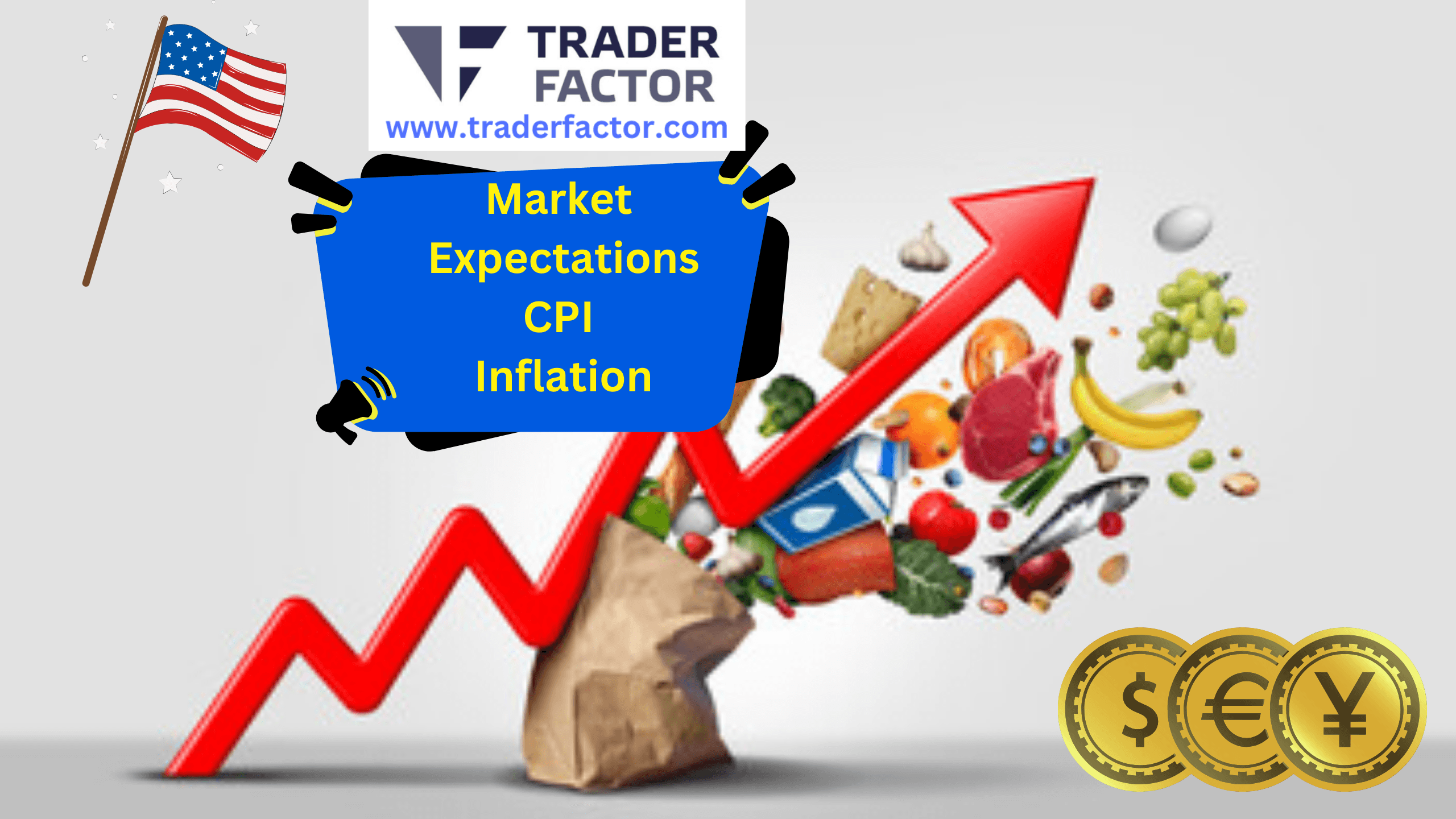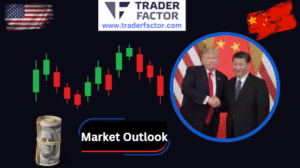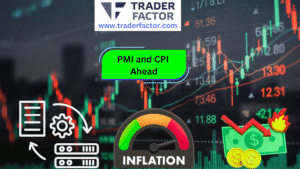The Consumer Price Index (CPI) report is set for release today at 8:30 a.m. ET, shedding light on the state of inflation in the U.S. economy. Analysts expect the headline inflation rate to hold steady at 2.9% year-over-year, with core CPI projected to rise 0.3% from the previous month’s 0.2%. Monthly CPI is forecasted to ease slightly to 0.3% from 0.4%. Despite signs of slowing, inflation remains above the Federal Reserve’s 2% target. Meanwhile, President Trump’s tariffs on steel, aluminum, and other imports add a new layer of complexity, leaving analysts to evaluate their long-term impact on price stability.
Table of Contents
ToggleUnderstanding the Core CPI and Its Forecast
The Core Consumer Price Index (CPI), which excludes volatile food and energy costs, offers a closer look at inflation trends. For January, analysts expect a 0.3% increase, up from the 0.2% rise recorded in December. Core inflation plays a pivotal role because it reflects more stable price changes in essential sectors like housing, healthcare, and insurance. Recently, the rising costs of these necessities have kept core inflation elevated. The auto market, in particular, has contributed to pressures, with both new and used car prices climbing. This increase underscores the challenges the Federal Reserve faces in bringing inflation closer to its 2% target.
Monthly and Yearly CPI Trends Hold Steady
The CPI, a key measure of inflation, tracks the average change over time in the prices consumers pay for a basket of goods and services. For the January report, the CPI is forecasted to rise by 0.3% month-over-month, slightly down from December’s 0.4%. This slight easing suggests that inflationary pressures may be slowing. Year-over-year, the headline inflation is expected to remain stable at 2.9%, showing no change from the previous month. While a stable trend might sound promising, it’s important to remember that inflation remains well above the Federal Reserve’s 2% target, emphasizing the need for ongoing monitoring.
The Federal Reserve’s Inflation Target and Its Challenges
The Federal Reserve has consistently aimed to maintain inflation near 2% to ensure price stability and sustainable economic growth. However, the latest CPI trends suggest that inflation continues to exceed this goal. While the overall pace of price increases has slowed in recent months, core inflation, a metric closely watched by analysts remains stubbornly high. Rising costs in critical areas like housing and healthcare complicate the task. Even as wages have grown for many workers, these increases are often offset by higher living expenses. Achieving the Fed’s target will likely require a combination of rate hikes and broader economic adjustments.
The Impact of Housing, Medical Care, and Insurance Costs
Core inflation has been particularly affected by rising costs in housing, medical care, and insurance. For many Americans, housing costs have surged, driven by tight supply and strong demand. Meanwhile, healthcare expenses continue to climb, putting added financial strain on households. Insurance premiums, too, have shown consistent increases, further contributing to elevated inflation levels. These categories remain persistent drivers of price growth within the economy. For policymakers, addressing these structural inflation pressures may require not only fiscal and monetary adjustments but also sector-specific reforms to ensure affordability for consumers.
The Role of Trump’s Tariffs in Inflation Dynamics
Trade policies introduced under Trump’s administration have introduced additional complexity to the inflation picture. Tariffs of 25% on steel and aluminum imports, along with levies on goods from countries like China, Mexico, and Canada could increase production costs for many businesses. These higher costs often trickle down to consumers in the form of price hikes. While the broader implications of these tariffs are still being evaluated, economists remain cautious about their long-term impact on price stability. If protectionist policies persist, they could pose additional challenges for controlling inflation, especially in industries heavily reliant on imported materials and goods.
The Road Ahead for Inflation and Economic Stability
With inflation remaining above the Fed’s goal and structural pressures weighing on core CPI, policymakers face a tough roadmap. Achieving price stability will likely require fine-tuning interest rates, as well as broader strategies to address sector-specific price hikes in areas like housing and healthcare. Trade policies will also play a major role in shaping future inflation dynamics. While the latest CPI forecasts suggest some slowing in inflation’s pace, the road to achieving the 2% target remains long. Both consumers and businesses will need to adapt to the evolving economic landscape as these challenges unfold.
CPI Impact on Forex
The forex market is particularly reactive to inflation data as it directly informs central bank policies and currency valuation. The CPI report released today has served as a key indicator of economic health, influencing traders’ perception of currency strength. If inflation is higher than anticipated, currencies like the U.S. dollar may see short-term strength due to expectations of tighter monetary policy. However, persistently high inflation can destabilize confidence, leading investors to favor currencies from economies with stronger inflation controls.
For forex traders, today’s CPI release underscores the importance of aligning trades with market sentiment around rate decisions. A dovish approach from the Federal Reserve, signaled by discussions of rate cuts, could weaken the dollar against other major currencies like the euro or yen. Conversely, currencies from exporting nations affected by Trump-era tariffs may see volatility, as rising costs impact demand.
CPI Impact on Gold Today
Gold, often considered a safe-haven asset, is highly sensitive to inflation data like the Consumer Price Index (CPI). Today’s CPI report has highlighted key shifts in inflation trends that are shaping expectations around interest rate adjustments. When inflation runs hot, gold typically gains appeal, as it’s perceived as a hedge against eroding currency value. However, the dynamics aren’t always straightforward.
If the CPI reflects higher-than-expected inflation, traders may hedge with gold, pushing prices upward. On the flip side, stronger inflation data can also fuel expectations of rate hikes by the Federal Reserve, which raises the opportunity cost of holding non-yielding assets like gold. This often caps gold’s upside.
Final Words
Today’s CPI report offers valuable insight into inflation trends, with headline inflation expected to remain steady at 2.9% year-over-year. Rising costs in critical areas like housing and healthcare keep core inflation elevated, while trade tariffs compound uncertainty. Policymakers face mounting pressure to balance interest rates, sector reforms, and trade dynamics in pursuit of economic stability.
Disclaimer:
All information has been prepared by TraderFactor or partners. The information does not contain a record of TraderFactor or partner’s prices or an offer of or solicitation for a transaction in any financial instrument. No representation or warranty is given as to the accuracy or completeness of this information. Any material provided does not have regard to the specific investment objective and financial situation of any person who may read it. Past performance is not a reliable indicator of future performance.

















